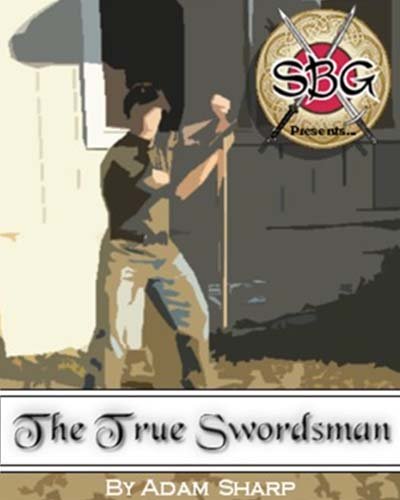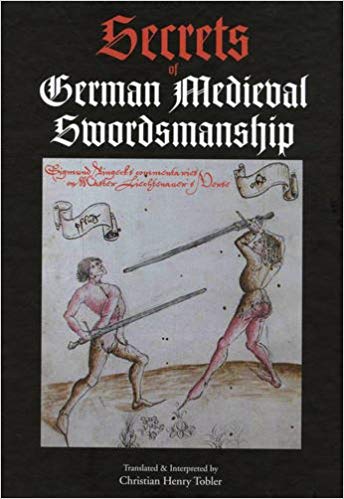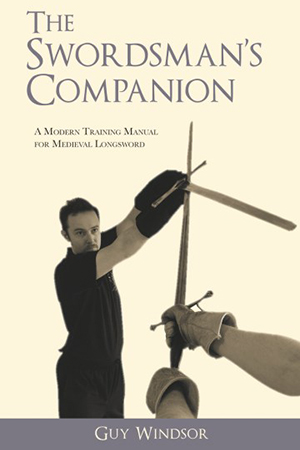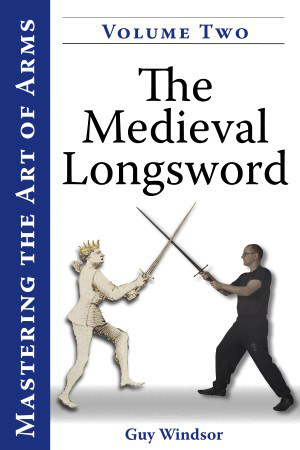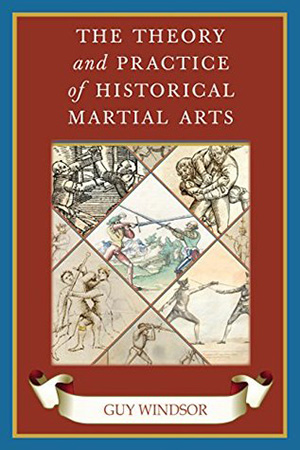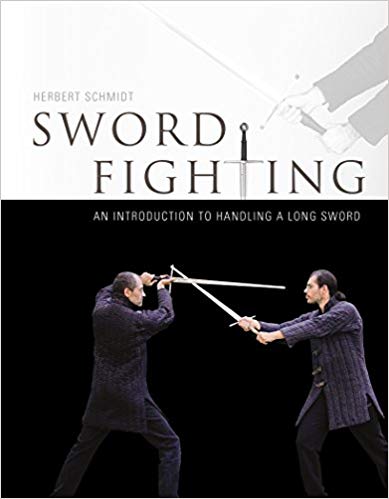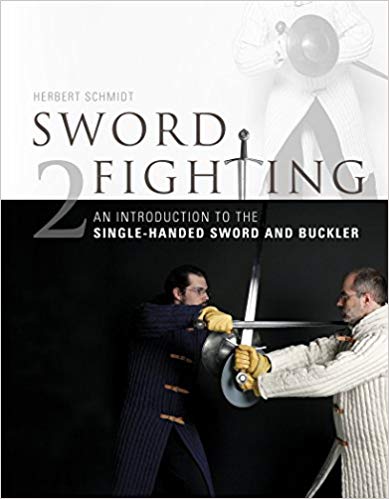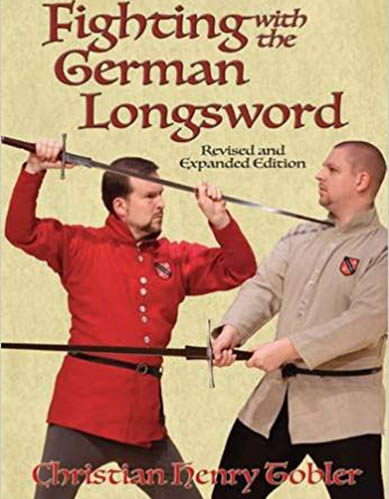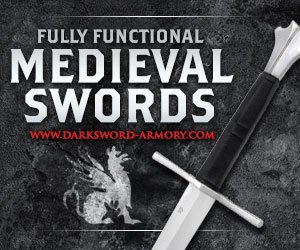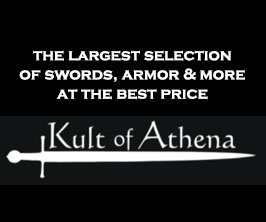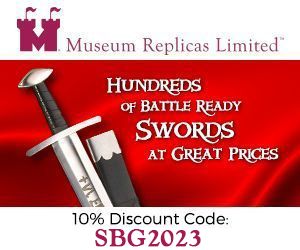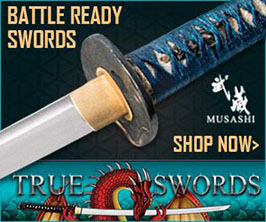- Home
- Sword Fighting Principles
- Historical European Martial Arts (HEMA)
An Introduction to HEMA
Historical European Martial Arts
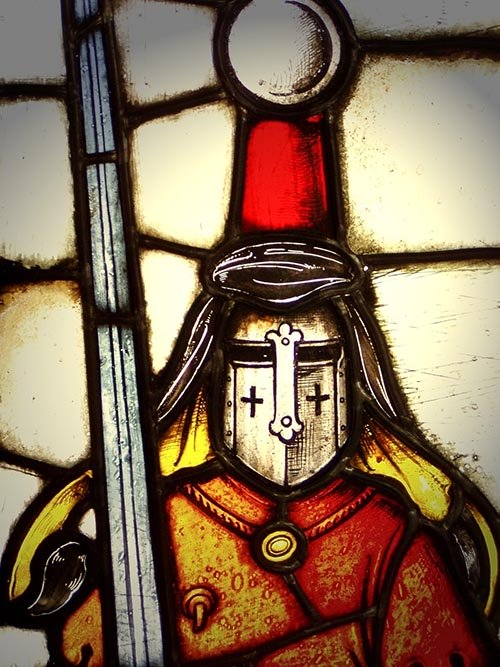
The tern HEMA (Historical European Martial Arts) was coined sometime in the early 1980s and was a rediscovery of the arts of medieval and early Renaissance European Sword Fighting techniques.
Generally speaking, with the exception of modern day fencing - the older sword fighting methods of the West died out many hundreds of years ago, at least as a continual, unbroken line as seen in many Eastern Sword Arts.
However, despite this, all has not been lost.
Some skeletal information has been retained in old, once forgotten dust covered medieval sword fighting manuscripts and instructional tomes such as MS (manuscript) . From this raw information a handful of dedicated individuals have taken it to task of putting the flesh on the bones of the past, and as a result of their careful and exhaustive efforts HEMA (also sometimes referred to as Western Martial Arts/WMA), are experiencing something of a Renaissance.
No doubt mistakes are made 'connecting the dots' and with the source material being so old and occasionally intentionally cryptic (as to a large degree, secret sword fighting methods are passed down orally from teacher to student) misinterpretations are bound to happen. However, as you will see - the scholars who have dedicated themselves to this work have done a fantastic job of reviving the old arts, to a very high standard.
VIDEO: German Longsword Techniques
An excellent demonstration of German Longsword Techniques
Indeed, who can doubt that the techniques shown in the video are anything less than scientific and highly effective... But in addition to being practical, they are also very beautiful - a kind of deadly poetry in motion and the equal of the more popular Eastern Martial Arts in both application and aesthetics.
Main Variations of HEMA
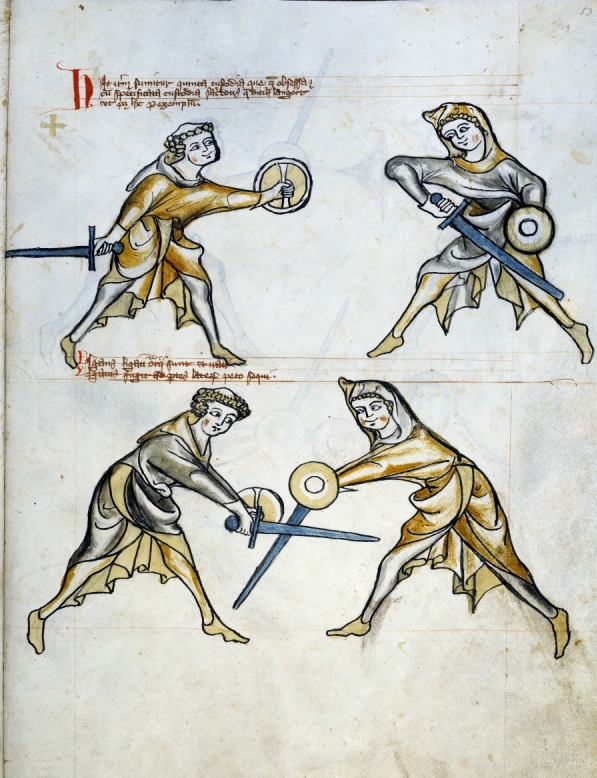 An illustration from MS I.33 dated to 1320
An illustration from MS I.33 dated to 1320While there are quite a few surviving Fechtbuch (German for 'Combat Manuals') the earliest surviving manuscript that laid down the sword fighting techniques of its era was MS I.33.
Stored safely for centuries in the tower of London and now in the Royal Armories of Leeds, this 64 page vellum book dates back to between 1270 to 1320 A.D. and we are fortune that it was dedicated to the older style of fighting that was slowly fading away, that is to say fighting with a single handed arming sword and buckler.
With little to no text and only archaic illustrations, it is quite hard for the modern HEMA practitioner to glean much without some auxiliary experience - with the best effort to date to detail what techniques are actually being shown detailed in Medieval Art of Sword & Shield: The Combat System of Royal Armouries by Paul Wagner and Steven Hand.
However, the vast majority of work done in recreating Western Martial Arts pertains to the use of the Longsword in the German and Italian schools with the works of Johannes Liechtenauer and Fiore dei Liberti respectively. While the German school of Longsword was the most commonly recorded, with around 90 manuscripts to piece together, both schools have been painstakingly resurrected to the best of their knowledge by modern day HEMA scholars and is the focus of the majority of clubs and associations.
Finally, a controversial figure than and now, the works of George Silver - specifically his manual 'Paradoxes of Defence' written in 1599, has also formed the basis for the study of traditional English Sword Fighting Techniques. Silver despised the rise of the rapier during his lifetime, and swore by the deadly effectiveness of the English Backsword.
 The English Backsword - favored over the rapier by George Silver
The English Backsword - favored over the rapier by George SilverWhile it was not the earliest manuscript in English, there is no doubt it is the most influential, and is dissected and brought back to life most prominently by the book English Swordsmanship by Stephen Hand.
Quite a few years ago one of our young members, Adam Sharp, put together a very ambitious and well designed basic introduction to learning basic German Longsword Techniques, including footwork, basic guard positions, basic strikes and even a sample workout. We compiled it as a 42 page eBook 'The True Swordsman' which you can read and download for free.
Equipment Needed
At its most basic, the only real tool required and frequently used in European sword fighting and training is the Wooden Waster (wooden training sword).
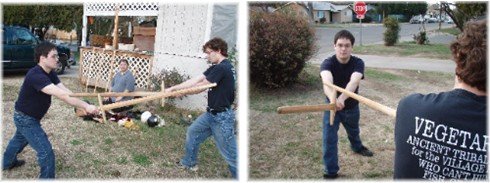
At their most basic, they can be made of either wood or bamboo and are readily available online for around the US$15 mark, such as a bamboo hand and a half sword here at Trueswords.com or a simple wooden arming sword here should do for starters.
The benefit of swords like these is that they can be used for practicing basic solo drills without fear of serious injury, and can be carefully used for two partner exercises (though they are not recommended for sword fighting or sparring, as many are sturdy enough to break bones or cause concussion from a direct hit).
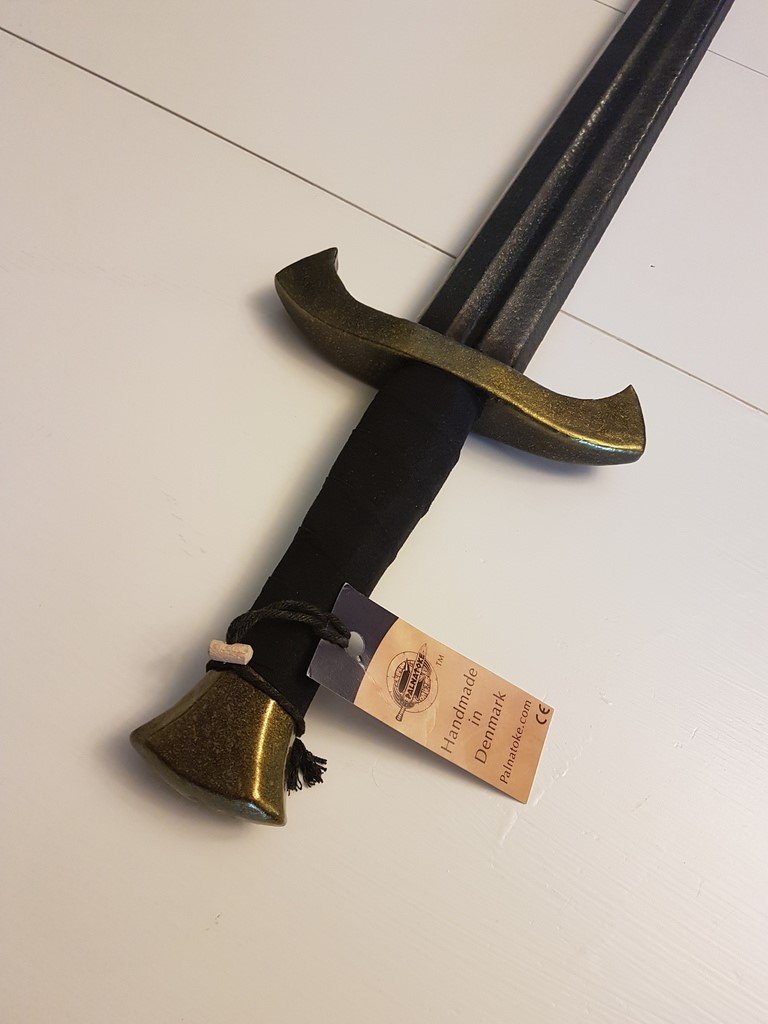
Some practitioners get a great deal of mileage out of foam or padded swords (LARP Boffers) either purchased or hand made (such as those made by Lancelot Chan at his Realistic Sparring Weapons website).
The benefits of these foam swords as that it is possible to indulge in sword fighting quite fiercely with an absolute minimum of armor (just a basic helmet and groin protection is usually enough) and while they do hurt a little if they hit full force, it allows a very realistic approximation of a sword fight and make great modern sword training tools.
You can read a comparative review of some LARP swords by Palnatoke and Epic Armoury here as well as an overview of LARP gear (armor, costumes, etc) here
Otherwise, there are many blunted steel swords for more serious steel on steel practice.
Articles on European Sword Training
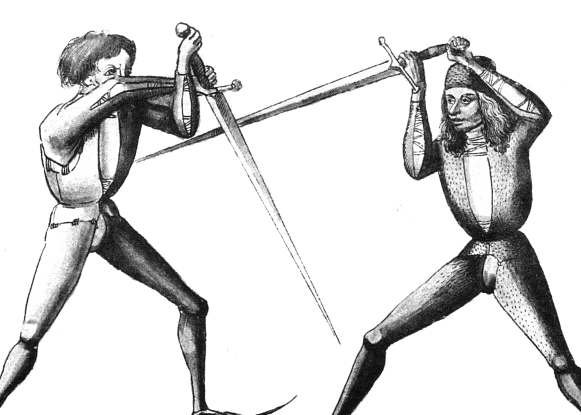
Medieval Sword Training Schools
For an in depth article on the history of the medieval sword fighting
tradition, including resources on where to find out more information as well as how to find a school near you click here!
Further Resources
The seminal book for any student of the Longsword and the book that has been the foundation of many a sword school and inspiration for later works, is Secrets of German Medieval Swordsmanship by Christian Tobler.
While it is quite academic in tone and far from an easy read, it set the standard for research into HEMA and is a must have for any enthusiast of Western Martial Arts.
However one of the most prolific writers of HEMA training manuals would have to be Guy Windsor. Guy's first book, the Swordsman's Companion, is the bible for many HEMA practitioners, and has been followed up by several other excellent and relatively easy to follow instructional books, the best and most relevant of which are listed below.
Other excellent resources recommended by SBG members include the following titles:
And finally, saving the best for last, Wiktenauer by the HEMA alliance is a free wiki style resource with hi resolution scans of the the original Fechtbuch texts and has become the number one source for students and scholars looking to study the art direct from the original materials that were, until only a few years ago, only available by visiting the libraries containing the original texts.
Ah, the wonders of the interwebz..
I hope you found this information on HEMA helpful. To return to Sword Fighting and Training Basics from An Introduction to HEMA, click here


